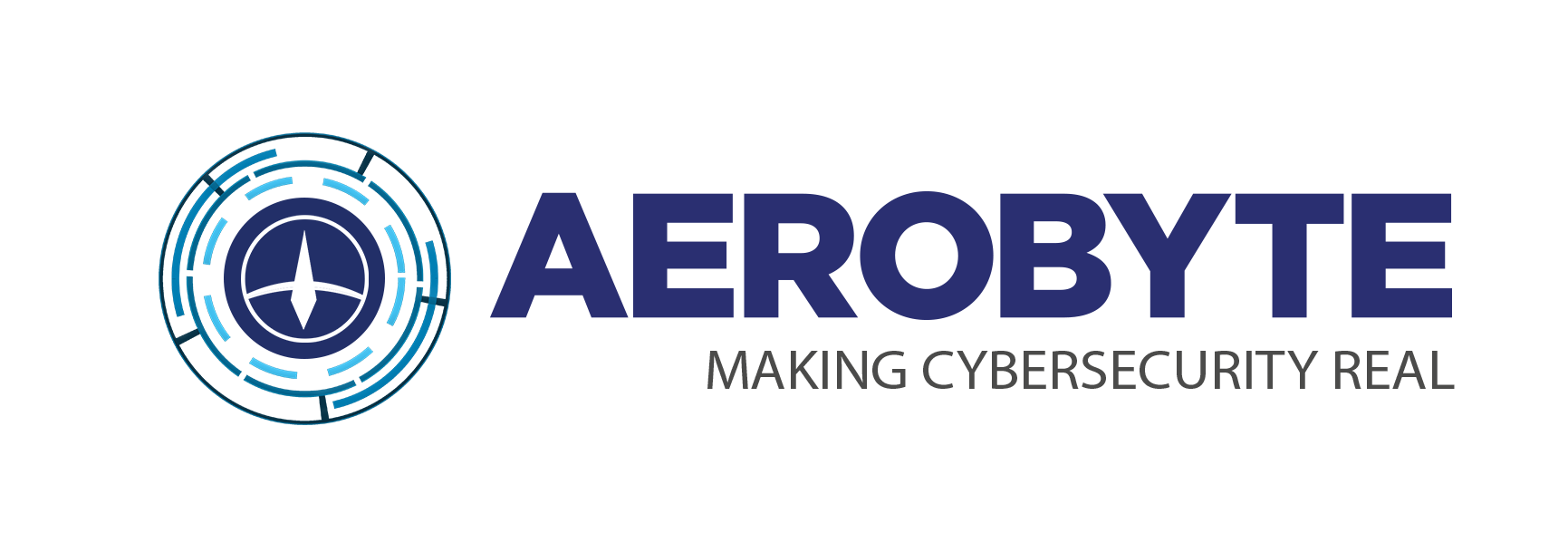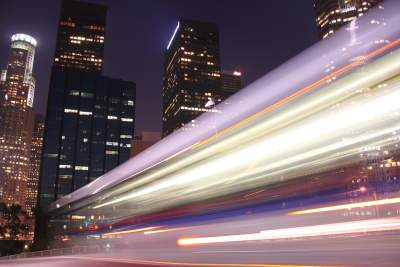When it comes to preventing data breaches, speed is everything. Businesses must leverage threat deception decoys to detect threats quickly and efficiently to prevent attackers from gaining access to sensitive data. Threat Deception can identify and stop attacks before they have the chance to do damage is ideal. This is because most attacks often target a few specific types of attacks. Thus, businesses can create an effective defense strategy by adding threat deception. They can learn about these nefarious actors gaining entry and understanding the types of attacks they are using. However, there are unknown threats. It means the organization has never encountered them before, perhaps because the attacker is using brand-new methods or technologies. Known threats can sometimes slip past even the best defensive measures.

How Threat Deception enhances your ability to mitigate a cyberattacks
Stop Attacks Before They Can Do Damage. Threat Deception can identify and stop attacks before they have the chance to do damage. This is because most attacks often target a few specific types of attacks. Thus, businesses can create an effective defense against them.
If your business knows what attacks are coming, you can be prepared to stop them. Most cyber attackers use a certain amount of planning and reconnaissance before launching an attack. Here are some steps you can take to respond to these cyber threats by implementing a threat deception platform. 1. Prevent the attacker from getting a foothold. To stop an attack, you must first stop the attackers from getting into your business. Doing so often requires stopping the access that the attacker had in the first place. Of course, this will vary depending on the type of attack. For example, if an attacker needs access to a database and only needs a username and password to gain access, then deleting that data is often enough to keep them out.
Threat Deception Platform offers a strong defense, but at the same time, it provides that information needed to fight back
Every organization has unique requirements and needs when it comes to security. Nevertheless, there are certain key factors you should be aware of when creating a solid cyber defense strategy. There are, of course, several types of threats you should be wary of and implement an effective defense strategy for. This includes the following: Emails and phishing: Emails and spam are always a concern for businesses. Ransomware: This type of malware has grown over the past few years because hackers find it more profitable to encrypt data rather than to get paid. Server-side attacks: Attacks from cybercriminals usually focus on the infrastructure and servers instead of the end-users.
How to find unknown threats using Threat Deception
Securing a business involves security professionals and managers across multiple departments and levels of management. Organizations have processes to create a security awareness program that informs employees about the threats facing their organization. Unfortunately, even the most well-meaning executives can miss emerging threats that they do not have the training or experience to recognize. Fortunately, this is not an insurmountable problem. Many new technologies can help IT Organizations detect and respond to a threat based on deploying deception decoys throughout their envio9nment. Threat Deception and deploying decoys is a complementary platform to a SIEM but allows a much faster response time to root at the nefarious actor.
Conclusion
Whether it is legal, ethical, or appropriate, there will always be a tradeoff between confidentiality, availability, integrity, and accessibility. Security organizations must consider all these factors when building a security program that helps ensure cyber defenses are not breached. Organizations should always consider data security and privacy when looking for the right security solution. If they are going to move the problem somewhere else, there must be a method to gain control. Whether traditional or cloud-based, the best security tools must respond quickly and efficiently to known or unknown threats. When they do, they will be able to thwart attacks before damaging a business’ integrity and profitability.






